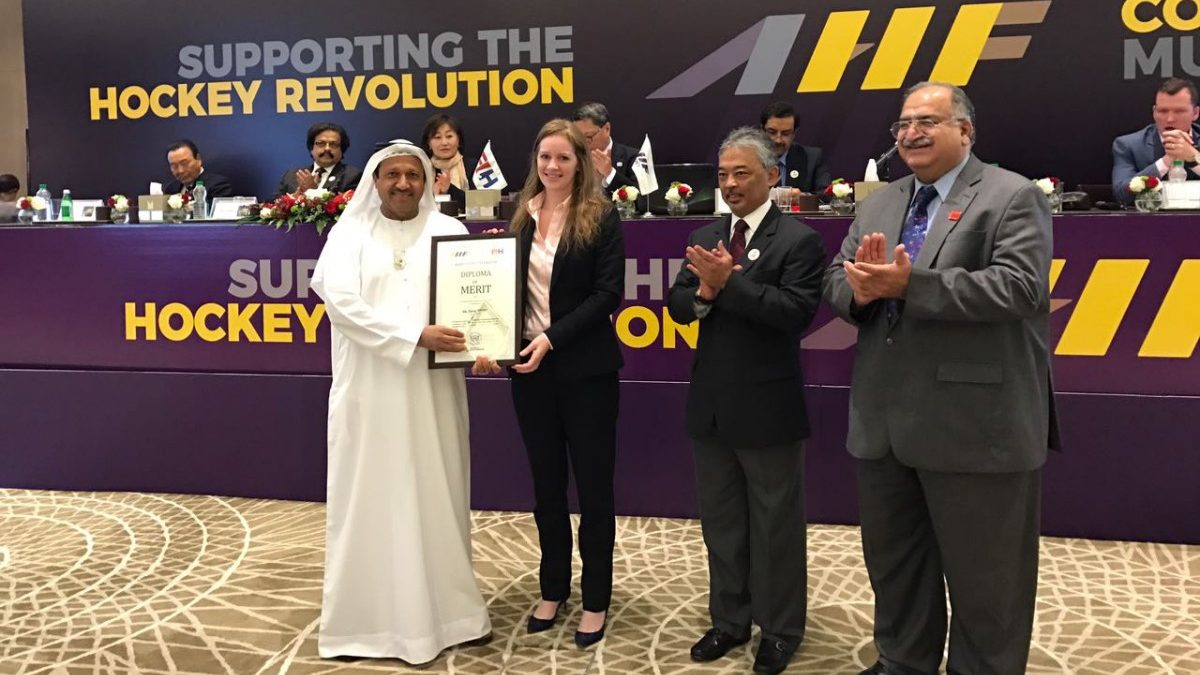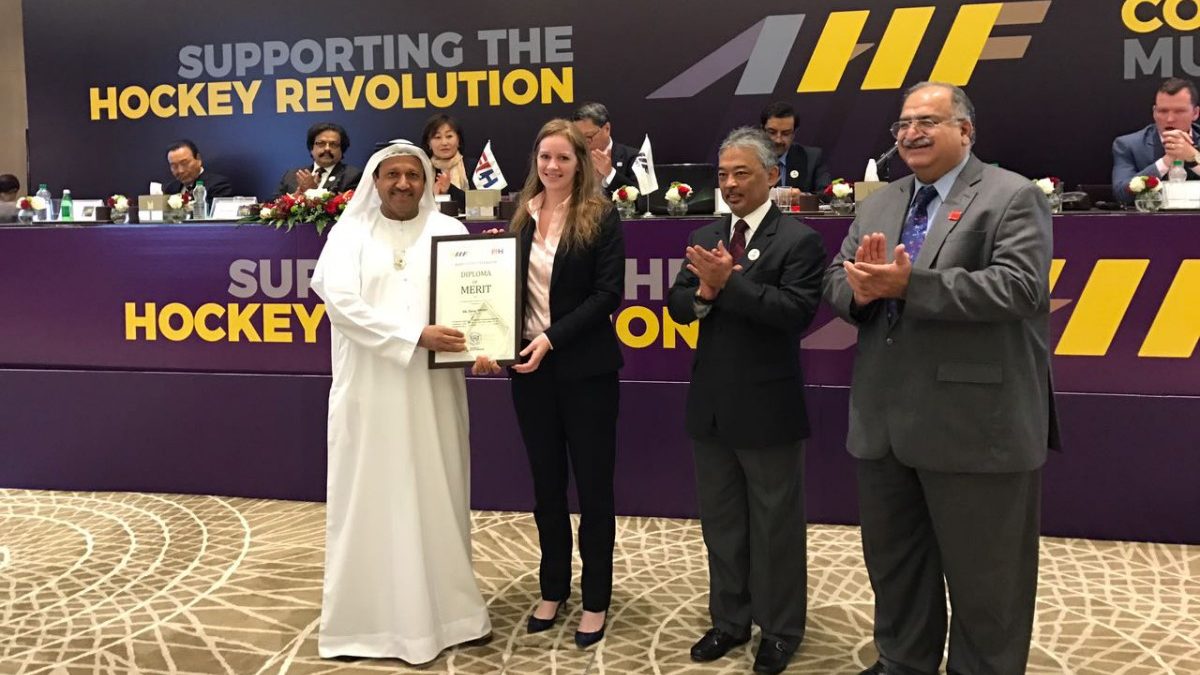Has Indian hockey finally turned the corner?
Celebrating the odd international victory or calling it a turnaround would perhaps be too premature. But on the looks of it, there certainly seems to be an attitudinal change coming about at all levels in hockey — players, officials and the association. India’s standing at the Rio Games will therefore be a signboard.
What’s more, Indian followers of sport ‘are loving’ it!
Roelant Oltmans, India’s High Performance Director (HPD) for a few years and the present coach, agrees that hockey in the country is changing for the better. He believes that in the next few years, the Indian hockey team will return to its habit of winning major tournaments.
For the uninitiated, India were the undisputed kings of field hockey for over four decades, beginning with the 1928 Olympic Games at Amsterdam. The magical skills of legends like Dhyan Chand, Balbir Singh Sr, Claudius, Udham Singh and many others were just too good for lesser mortals to decipher.
The 1960s saw the coming into prominence of the Pakistanis, who played the same brand of hockey as the Indians did. The latter still managed to edge them out in the finals at Tokyo, after losing at Rome. India’s final flourish was its World Cup win in 1975, as other countries like New Zealand, Australia, The Netherlands, Germany, Spain and Britain caught up with the teams from the sub-continent.
India were masters on grass. And grass, as Ivan Lendl often said, was ‘meant for cows!’ International Hockey Federation (FIH), the world body got working in the penultimate decade of the twentieth century to introduce changes which made the game faster and more robust. Artificial turf replaced grass and dribbling and body-feints made way for long and hard passes. The off-side rule was then tossed into the dust bin. The stronger, fitter and more agile European players dominated the game as India, and to a lesser extent, Pakistan faded away into oblivion.
India did win a consolation gold at the Moscow Games though, with most of the top teams playing hooky. Not being able to adapt to the new surfaces and new rules, the journey thereon was one-way — downhill! Indian hockey reached its lowest ebb in 2008, when they failed to qualify for the Games at Beijing; first time since they made their debut at the Olympics. And London, four years later, was no better as they ignominiously brought up the rear.
Modern hockey isn’t even remotely related to the game of traditional field hockey that the Indians were used to. At best, it could be called a distant cousin of a sport that made India a dominant force in the world. And it is evolving by the day.
FIH has been on the ball, introducing rapid changes in the game to make it faster and safer. Technology has been brought in to reduce human error — though it has its own limitations. The pitches are now faster and bouncier. The paying spectator gets better value for money, as all out efforts are being made to involve him in the excitement that the game creates.
Wooden sticks are passé. They are now bulkier and are made from carbon and aramid. Protective equipment, right from the goalkeeper’s paddings to the mouth guards that players wear — along with gloves and protective masks for short corners, has made the game safer for players.
Moreover, the probing runs of old, with skillful players weaving their way into the striking circle are now part of history. Holding onto the ball for more than a few seconds in the modern game is a deadly sin. An attack broken up at one end can easily mean a goal at the other end at the blink of an eyelid. That’s how fast the game has now become.
Traditionalists may scoff at the self-pass or the taking of aerial routes for long passes and clearances. But that’s the way the cookie crumbles. Players now need to develop 3D skills to lift, bounce and chop passes in order to eliminate the opponent and to change the direction of the ball in flight. Front and reverse stick hits are taken across the field. Moreover, you hardly see the ball being stopped dead at any stage of the game. The aim is to keep the ball moving and the game flowing.
Indian hockey remained in denial mode through the first few years of the new millennium. There were stories of regionalism and groupism that led to the country’s downfall in hockey. Some blamed it on corruption at the association level; others said that the world hockey body had conspired to keep the sub-continental teams out. But what was more appalling was the lack of will to accept the changes happening in the game. It was therefore natural that the country’s ‘national game’ was not represented at the Beijing Games.
In the fitness of things changes took place at the association level. Hockey India came into being and top players were involved in the decision making process. India went in for foreign coaches. They were all persons of high merit. Ric Charlesworth, Jose Brasa, Michael Nobbs and Terry Walsh came and went, finally passing on the baton to Roelant Oltmans. He was, at that time, HPD of Indian hockey for a couple of years.
Each of the foreign coaches had their contribution to make. Some of them weren’t used to the country’s bureaucratic ways and others didn’t like the players’ inflexible attitudes. But they made an impact on Indian hockey in their own ways.
Oltmans was different and had the advantage of observing Indian hockey objectively as HPD. He knew the players well, especially their culture and their backgrounds. He was aware of their shortcomings, and most of all, he had the patronage of Hockey India.
The new coach worked relentlessly on the players’ fitness. He knew that if India had to be a world force in hockey again, their players would have to match the speed, agility, power and strength of the opponents. He worked on their skills, especially getting them used to set plays and set movements. Short-corners and restarts were simulated a thousand times over. What’s more, Oltmans was able to convince the players to give up their traditional methods and adopt modern techniques and playing styles.
He has also worked on the players’ mental toughness. A new self-belief is distinctly visible in the team. And it is improving with every outing. Video-analysis and a thorough study of the strengths and weaknesses of top teams have helped form match-to-match strategies.
“Indian players are skillful,” says Oltmans. He believes that once the players are fitter, and can match the speed and agility of the players from Australia and the continent, what will hold them in good stead is their superior skill.
India has made a comeback of sorts in the Asiad, the Champions Trophy and the World Hockey League in recent times. The team has shown the willingness to match the European teams’ robustness and speed in the initial matches at the Rio Games. After being a goal down to The Netherlands, in the league, playing without a goalkeeper and attacking with eleven players, in the last five minutes, to look for an equalizer was refreshing. That they did not find the elusive goal despite five short-corner attempts – a heart stopper – is beside the point. What mattered was the attitudinal change.
Indian hockey is in the recovery stage. Therefore, it is necessary that somebody like Roelant Oltmans should be there to nurse and mentor it to good health, and prosperity, in the coming years.
Austin Coutinho is a former fast bowler turned coach. He is also a caricaturist and has authored several books including The Games, Goal, The Devil’s Pack, besides writing for several newspapers and websites.


)




)
)
)
)
)
)
)
)